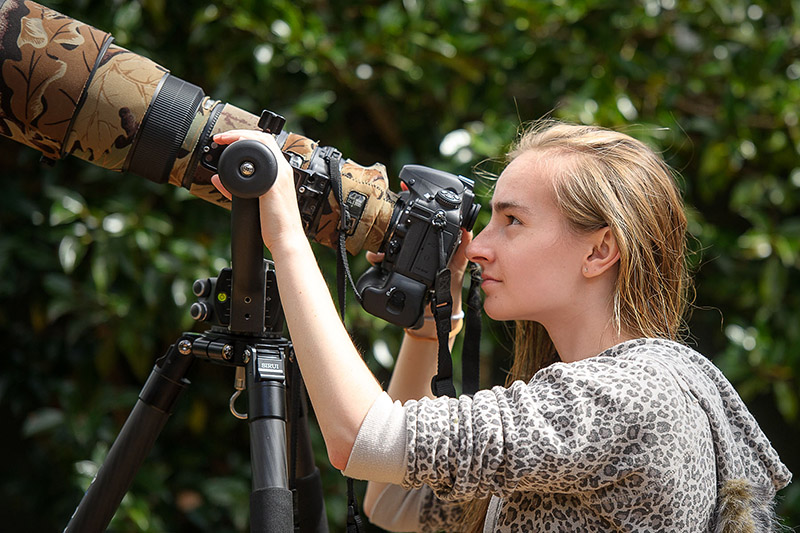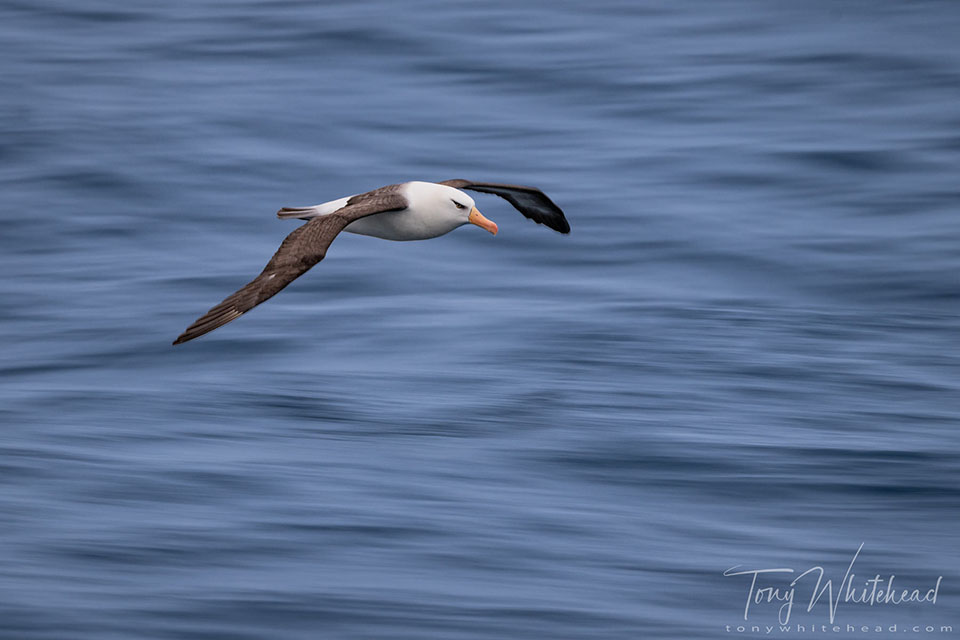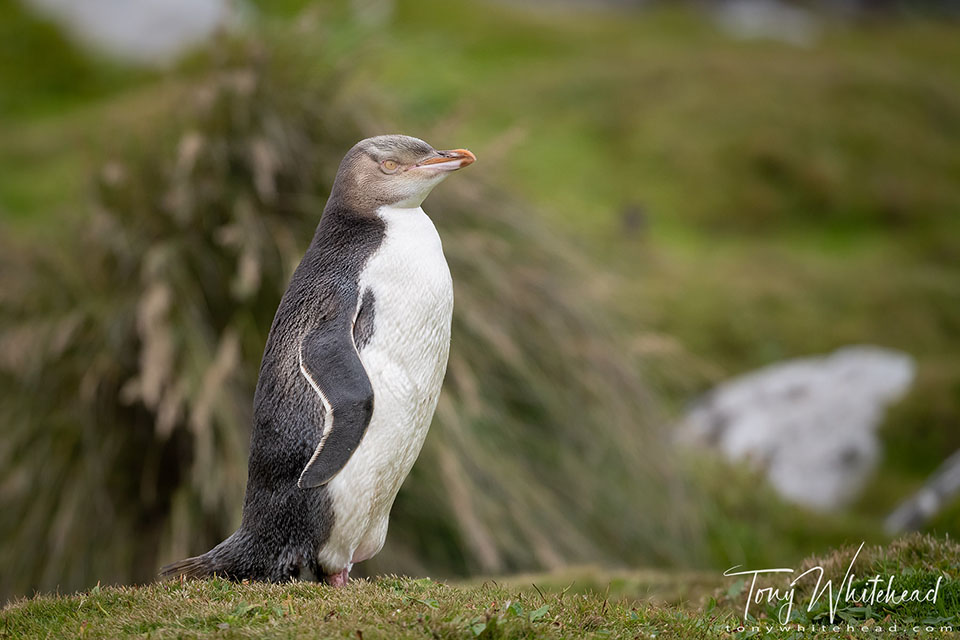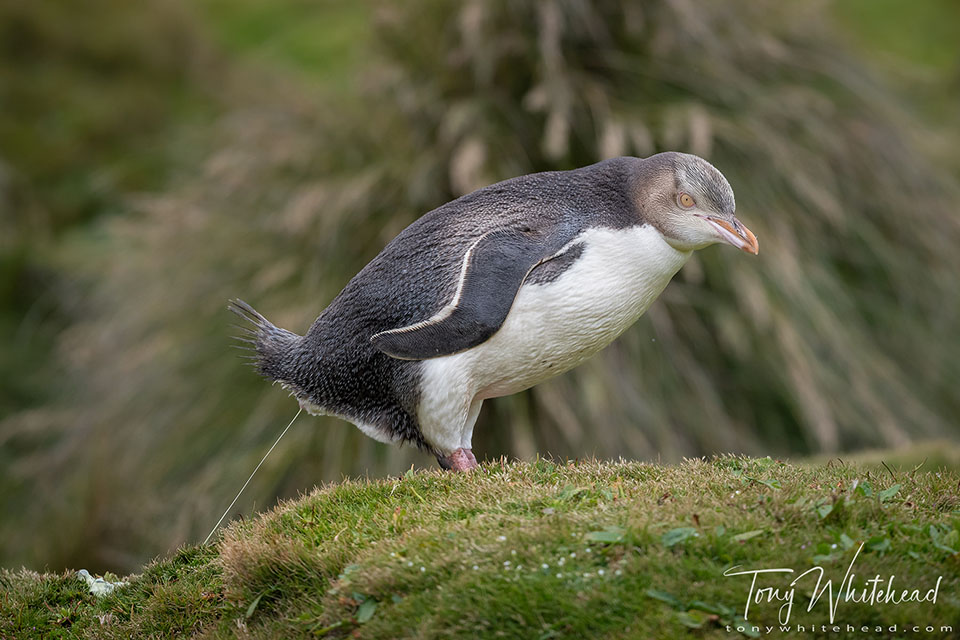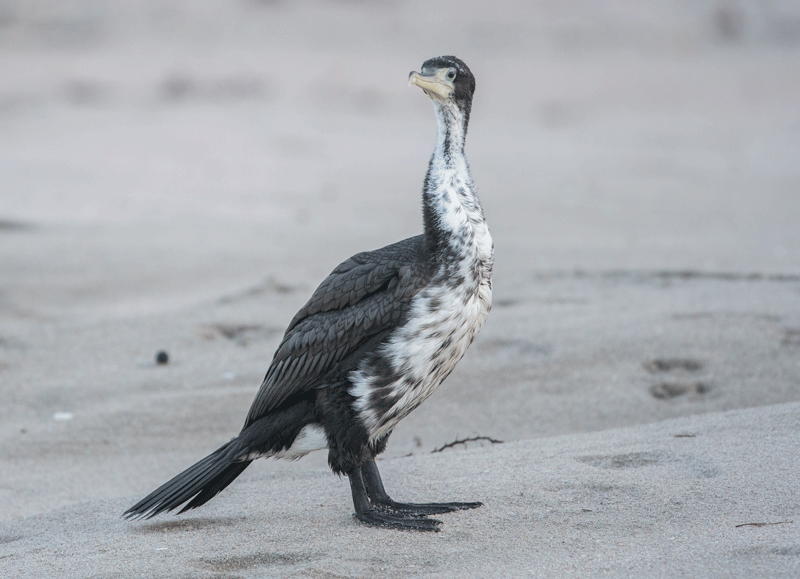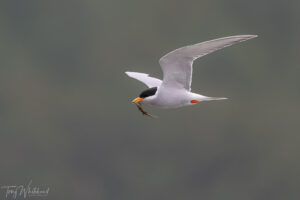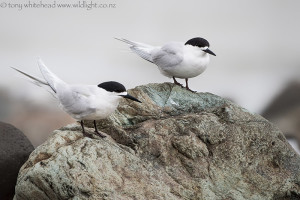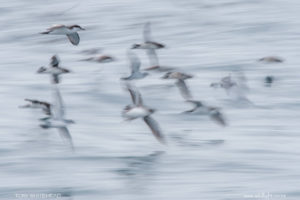Newton’s Third Law of Motion states that all forces between two objects exist in equal magnitude and opposite directions. In photography we need to be aware of these forces to achieve the images we desire. In most cases we are needing to avoid motion so need to carefully balance the forces so that our cameras remain static for the duration of the exposure to capture a sharp image. Traditional support devices such as tripods and monopods have helped achieve this and for heavy, fast telephoto lenses gimbal heads can help maintain flexibility of rapid positioning with support.
When needing to move more quickly specific lens holding techniques as illustrated in this post can maintain stability especially when combined with modern sensors with excellent high ISO performance and lenses and/or cameras with built in Vibration Reducation/Image Stabilisation.
At times we want to capture motion to convey a concept or feeling and this usually requires a slow shutter speed and careful panning as shown in this next image.
These above aspects of motion are widely written about in photography books, magazines and websites but one aspect is never covered adequately. This practical consequence of Newton’s Third Law is Motion Mediated Motion which photographers in the know refer to as Triple M as opposed to 3M to avoid confusion with the Minnesota Mining and Manufacturing Company.
These next 2 photos clearly show the effects of Triple M and how it can destroy an otherwise reasonable image. The first shot shows a Yellow-eyed Penguin on Enderby Island in the New Zealand Subantarctic. Nicely posed against a reasonable background with a good head angle this is a half decent portrait of a juvenile penguin.
Nek minnit all hell breaks loose as a motion is ejected from the penguin. This force exerts an equal and opposite force on the penguin posterior causing a rotational movement around the centre of rotation at the fulcrum of the hip joint resulting in an awkward and embarrassing photo due to the altered head position and accusatory “what are you looking at?” expression on the penguin’s face. This Triple M issue can at times seemingly arrive without much warning but with careful observation subtle changes such as a minor bulging of the bird’s eyes can alert you to impending disaster.
Interestingly, as with common names for birds, there is some regional variation in terminology. Despite this being an issue that can afflict the photography of many different species, penguins are regular subjects whose images are afflicted by Triple M. In regions where they are a predominant species such as the Antarctic Peninsula the condition has been referred to as P4 as an abbreviation for Penguin Posterior Propulsion Problem. In South Africa, where the only penguin species is the African Penguin it is referred to as PPSP. This is derived from the Afrikaans words Pikkewyn Poephol Spuitaandrywing Probleem which translates as Penguin Anus Jet Propulsion Problem and is a lovely example of where Afrikaans is just so much more expressive.
This South African regional terminology also was an interesting demonstration of the evolution of language. Evolution in species happens slowly over time and can be accelerated in areas of high population density and high individual turnover. It seems that this language evolution was centred around the Boulders Beach penguin colony where there was a critical mass of penguins and photographers for the change to occur. PPSP became abbreviated to PPP or DrieP (Drie being the Afrikaans word for three). This abbreviation gained some traction and actually was beginning to take hold at the Stony Point colony in Betty’s Bay. There was talk that when first heard at Stony Point it was pronounced with a German accent suggesting that it was a visiting German tourist who had picked it up at Boulders then transferred it to Stony Point. In the absence of an official linguistic contact tracing service this theory of a German vector is simply conjecture but seems a likely source of transmission. This also raises the question of whether cameras and lenses can be considered as fomites in the transmission of linguistic contamination. Obviously this will require further research.
This PPP/DrieP outbreak was short-lived though. Students at the University of Pretoria Faculty of Veterinary Science at Onderstepoort got wind of this acronym and wrote to a leading South African photography publication pointing out that this was already being used officially as an abbreviation for Penguin Pile Problem. With sitting on cold, hard damp surfaces being widely known amongst elderly married women as a cause for human haemorrhoids it seems obvious that the proximity of penguin posteriors to wet rocks washed by freezing Atlantic water would make this affliction endemic in African spheniciformes. Replying to the letter, the editor of the photography publication acknowledged the vet students claim and, noting that Onderstepoort can be translated as “lower opening”, felt that they obviously had the authority to claim precedence to the term. This seemed to resolve the issue and PPSP is now the universal term among the photographers around the penguin colonies, with the exception of photographer vets who use both acronyms appropriately depending on what issue they are discussing.
While these regional variations are interesting and colorful I would urge the standardised use of Triple M as the issue affects many species and it would limit confusion.
Hopefully this post will raise awareness of this poorly covered issue and be helpful in avoiding unnecessary exposures that just occupy memory card and hard drive space and thus just waste valuable editing time by requiring deletion.
Researching this topic has been challenging with no online resources available. It has required endless visits to secondhand bookshops and fossicking in boxes of old photography magazines to pull together snippets of information from yellowed pages. Hopefully this will now be more easily accessible via this online summary.
With thanks to Edin for ornithological and photographic peer review and feedback prior to publication.
Relieved to get to the end of this post – was starting to get cramp from jamming my tongue into my cheek! COVID-19 pandemic and resultant lockdown cabin fever induced psychosis partially responsible for this nonsense. Written during lockdown in 2021 and patiently awaited 1 April for publication.
